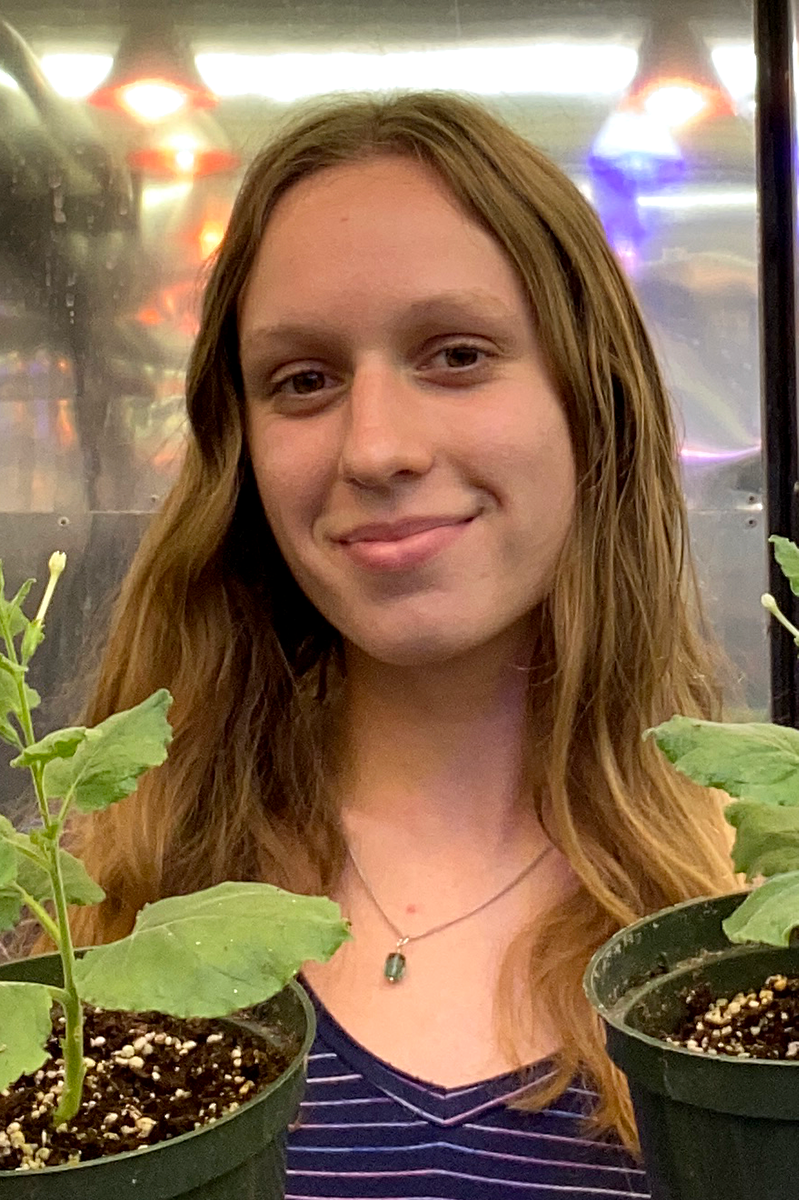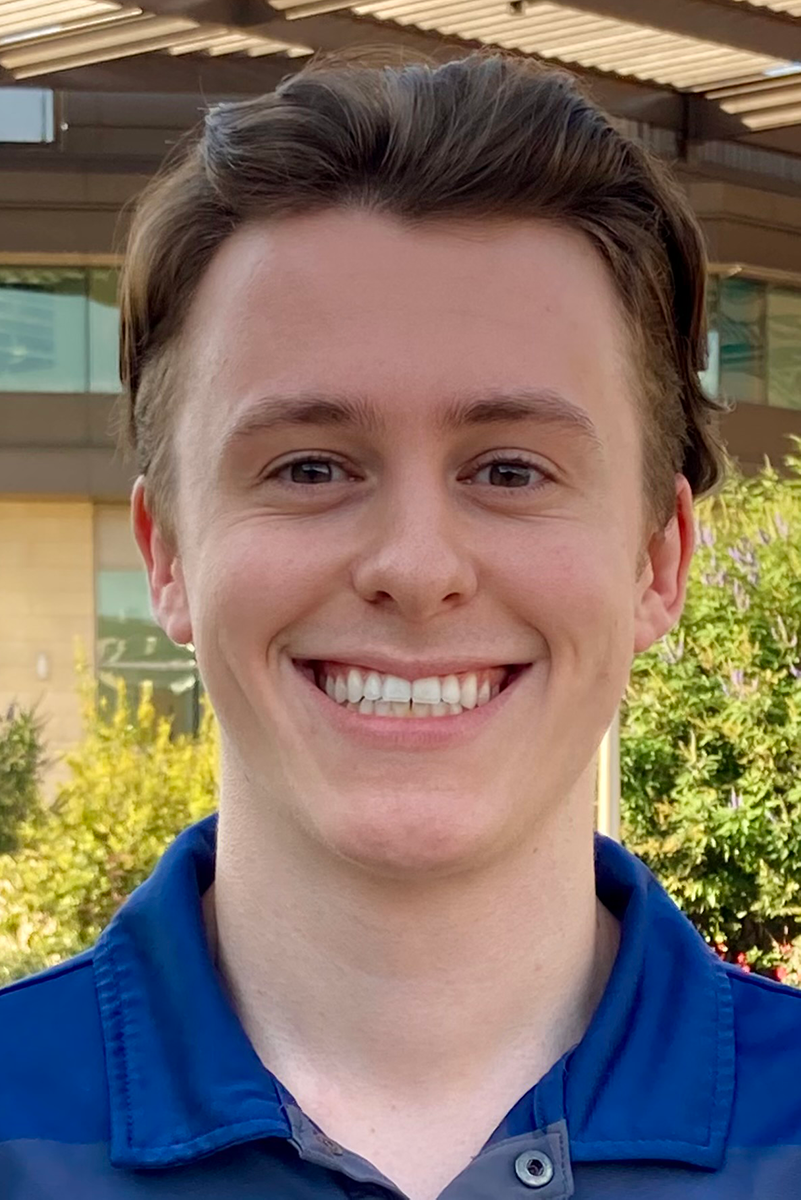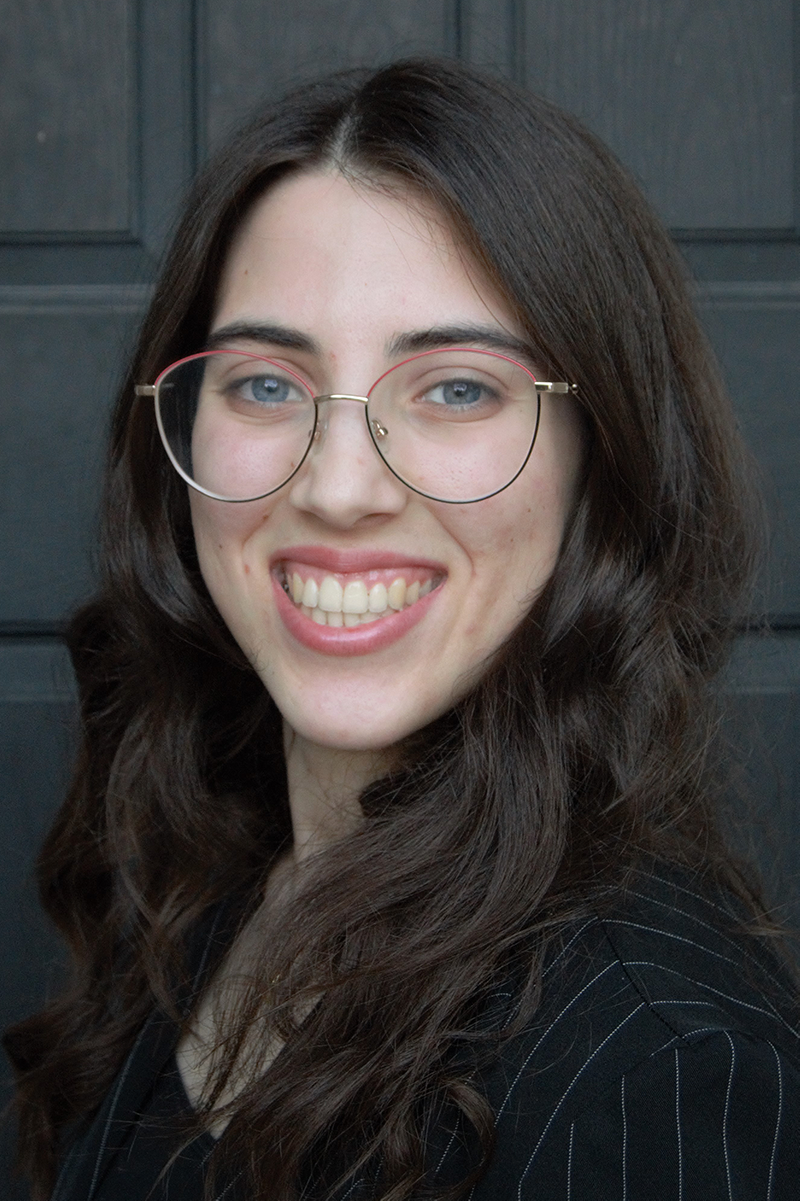
The Texas A&M Energy Institute is proud to announce that four students were selected for the 2021 Texas A&M Energy Institute Student Research Internship Program. Cecelia Hambleton, B. Yoga Natarajan, Cullen Petru, and Isabella Priest conducted hands-on energy research for two months during the summer of 2021. Each student was mentored during the internship by one of the Texas A&M Energy Institute’s Faculty Affiliates.
A total of 66 students applied from 19 different departments, including applications from the College of Science, College of Engineering, College of Liberal Arts, College of Agriculture and Life Sciences, College of Geosciences, and Mays Business School.
Offering full-time paid internships to junior-level Texas A&M University students, the Student Research Internship Program targets undergraduate students at Texas A&M University who are interested in conducting energy-related research. It is expected that exceptional research results will be developed through this ongoing program, some of which may contribute to a journal publication or be presented at a local or national conference.
After a rigorous review process, four students were selected and participated in the two-month program in June and July. A description of each of their research projects is provided below:
Description of Internship Research: Botryococcus braunii is a hydrocarbon producing green microalgae. This alga is of great interest for biofuel research due to its high production of hydrocarbons, which can be converted into transportation fuel substitutes. Therefore, in depth annotation of the genes of B. braunii is desired. The goal of this project was to identify the potential genes responsible for producing the extracellular fibrillar polysaccharide sheath in the B race of B. braunii. The extracellular polysaccharide sheath extends outward from the retaining wall of the cell and is believed to mediate interactions with abiotic and biotic elements of the environment. The synthesis of the polysaccharide sheath will require a glycosyltransferase, an enzyme that creates glycosidic linkages. A bioinformatic approach was used to select three glycosyltransferases from the proteome of the B race of B. braunii (Showa). Glycosyltransferases were selected based on their expected specificity and function. These glycosyltransferases will be expressed in Nicotiana benthamiana via transient expression to further study their functions. Protein purification and enzyme assays will be performed to isolate the expressed proteins and determine their function. Ideally, this project will create a reconstructable experimental design that can be repeated to discover the function of more genes in B. braunii. In addition to this project, a library of predicted glycosyltransferases was also created for the A and L races of B. braunii using bioinformatics.
Description of Internship Research: As Machine Learning is becoming a ubiquitous tool in almost every scientific and non-scientific field, this research combines the use of Machine Learning models with Young’s modulus data for image segmentation of micro CT images of rock samples. Micro CT or X-ray tomography is a technique to see inside an object using x-rays slice-by-slice. Convolutional Neural Networks, which are a subset of machine learning models, can be used to divide these Micro CT scans of rock samples into segments so we can identify the different elements or phases within the rock samples. Finally, Young’s modulus data (a mechanical property of rocks which measures the stiffness of materials), is obtained from the nano-indentation experiment to define elastic moduli.
The challenge behind this study is to combine rock segmentation and mechanical properties of different phases with the Machine Learning model in order to create a map of mechanical properties all over the sample volume. The use of machine learning models, specifically, are advantageous since they do not contain user biases, provide highly accurate image segmentation results, and are cost-effective. While there are many software tools like Avizo that utilize Machine Learning models like U-NET, not many have combined Young’s modulus data with the image segmentation results. In the future, the idea behind this study can be used to further create detailed models and maps of rock samples.
Description of Internship Research: With growing concern over the detrimental effects of greenhouse gases, finding ways to mitigate their emissions and convert those wastes to useful products is of significant interest. One promising approach is the dry reforming of methane (DRM), a reaction that converts carbon dioxide and methane (two major greenhouse gases) into syngas (a mixture of hydrogen and carbon monoxide), which can be further processed into storable liquid fuels through Fischer-Tropsch processes. DRM is highly endothermic, though, and requires the use of catalysts to lower the activation energy of the reaction. The goal of this research is to develop novel photothermal catalysts that are active and stable in the long-term, and more importantly, have the capability of efficiently utilizing concentrated sunlight by maximizing the synergies between photocatalytic and thermocatalytic effects. My project focuses on synthesizing the catalysts and understanding the effects of varying catalyst properties and reaction conditions on DRM performance, as well as developing insight into the reaction mechanism using in situ diffuse reflectance infrared Fourier transform spectroscopy.
Description of Internship Research: In the fields of agricultural, industrial, and pharmaceutical chemistry, chemical purity of a desired chiral molecule is always in high demand and is, in some cases, required to produce the most potent and functional product. In order to be cost- and resource-efficient, catalysts are often utilized to increase the bias of one target enantiomer. Recently, the Gladysz group has proven that Werner complexes can act as competent hydrogen bond donor catalysts that make use of their historically relevant at-metal chirality to facilitate asymmetric reactions. Along with expanding the known scope of reactions that these complexes catalyze, the Gladysz group produces variants of the original Werner complex by substituting their metal-bound diamine ligands, and exchanging one to three of their anions to modify reactivity. This summer was focused on developing a method for the asymmetric synthesis of 2H-azirines. This includes the synthesis of tosyl-protected β-iminoester substrates and mixed anion catalysts that incorporate a Brønsted base into one of the anions. Additionally, all new catalysts have been benchmarked for their efficiency when catalyzing the Michael addition of malonate esters to nitroalkenes. There is still much to research in this field, such as the mechanisms behind the observed selectivity induced by Werner complexes, as well as the effects that varying metal centers would impose.





